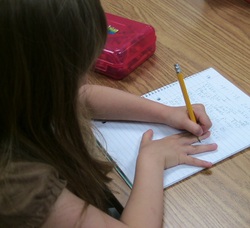 Anna, Age 5
Anna, Age 5 Despite the fact that Daily Journal Writing is one of the most powerful activities you can utilize in your classroom to get your kids writing fluently and conventionally, many teachers fail to see the value in dedicating a consistent portion of their day to journal writing due to lack of actual results.
Following are the top 10 reasons why journal writing often fails to get the results teachers are desiring.
#1: Students don’t know how to sound out words and represent those sounds with the proper letters. If students don’t understand how to sound out words and represent them with the proper letters, they are not going to be able to write anything more than whatever words they have managed to memorize. You MUST teach your kids how to segment words and represent the sounds heard with the appropriate letters if you want your kids to feel free to write ANYTHING, not just a few simple sentences they have memorized and/or a variety of words they can copy off of a nearby wall. This entails making sure they know letters, sounds, blending/segmenting techniques, “tricks” (letters and/or letter combinations that create new sounds when they appear together or in certain positions in words, such as sh, th, ch, er, oo, ou, etc.), and some “outlaw” words.
#2: Students aren’t given enough time to write. Students need time to get into the writing process. If they are only given 10 to 15 minutes to write, they often only get a chance to “warm up.” To really get into the writing process, your students need at least 30 minutes of solid writing time. 40-60 minutes is preferred. And they need this time DAILY, not weekly or monthly.
#3: The teacher is not utilizing journal writing time to help students move forward from wherever they are in the writing process. Journal writing time is not code for “time to relax and get a few things done while the kids are busy.” Rather, it is a time for the teacher to be circling around the room, helping students as needed. This is an ideal time for the teacher to be moving kids forward from wherever they are, whether they are just learning to sound out words, are ready to write their first sentences, or are in need of more advanced advice. For best results, the teacher should move from student to student, giving whatever mini lessons are needed to help propel each student forward from wherever he or she happens to be.
#4: The teacher has low expectations and/or announces a minimum number of sentences required. Low expectations can kill your results. You need to believe in ALL of your kids, not just the ones you know will succeed. You also need to insist upon good, careful, thoughtful work. And you need to encourage your kids (ALL of your kids) to fill up the page…and continue on to the next. Announcing that your kids “must at least write 3-5 sentences” will likely limit your results significantly. After all, as soon as most kids hear the “minimum required,” they are likely to give you just that. Instead, get your kids excited about writing. Tell them you can’t wait to read their stories! Tell them how much you love LONG stories with big, juicy words! Get them pumped up and make a really big deal out of those who use their time wisely and produce long, interesting stories.
#5: Kids are goofing off instead of writing. It’s hard for even the most dedicated students to “get in the zone” when there is a lot of chatter and/or goofing off going on around them. Make sure you have control of your classroom. Let your students know that you expect them to be writing during journal time, not talking, playing, or goofing off. Follow through with your discipline management system as needed to keep your kids busy and on task. The only sounds you should hear during this time are kids sounding out words – unless you are quietly talking with them yourself.
#6: Journal time is tossed aside to make time for other activities. To get good at something, you need to practice it…frequently and consistently. The more you practice, the better you should get, given you have the tools and knowledge you need to do so effectively. Likewise, the less you practice, the less progress you should expect. Thus, if you choose to neglect journal writing time in lieu of other activities, expect lesser results. Increases in skill come with increases in proper practice. If you only make time for your kids to write in their journals once a week or so, expect “once a week” results. If you only allow them to practice writing in their journals once a month, expect “once a month” results. For optimal “daily results,” have your kids practice writing DAILY!
#7: The teacher is not encouraging his or her kids. A little encouragement can go a long way! By telling your kids how much you love to see their writing and read their clever stories, you will be inspiring them to write more and more. Forget to do this, and few kids will see the value of what they are being asked to do. Oftentimes, kids who are not praised and/or encouraged will begin writing less and less, sloppier and sloppier. To keep your kids motivated and excited, remember to praise them for their efforts and rave about their accomplishments. Don’t take any of your kids for granted – encourage the slowest to the highest student, inspiring all of them to do their very best work. Praise sincere effort and visible improvement as often as possible.
#8: Students are given the wrong kind of paper to write on. If you give your kids blank sheets of paper to write on, your kids are likely to write extra-large letters and fill up the page with a single word or sentence. If you give your kids lined handwriting paper, your kids will probably have to write so large to “touch each line” that they won’t have room to write more than a sentence or two before they have “filled the page.” Special “story paper” with the blank space at the top for the picture and special handwriting lines at the bottom may look cute, but it is no better. There simply aren’t enough lines for a good story to be written. Again, your kids will be lucky to write 2 or 3 sentences. For best results, whether working with kindergartners or more advanced students, use a regular spiral notebook full of college ruled or wide ruled paper. Your kids can ignore the lines in the beginning when they are just learning to label their pictures, and can begin to use the lines when they are ready to begin writing actual sentences. Plus, the spiral bound notebook will keep each student’s journal entries together and in order so you can easily witness his or her progress throughout the year. Furthermore, the abundance of lines will enable your kids to write really long stories!
#9: The teacher assigns a topic that is uninspiring, restricted, or foreign. If students don’t want to write about a certain topic for whatever reason (they don’t feel like it, the topic is limited in scope, they simply don’t know much about it, etc.), their writing is bound to suffer. Instead of making your kids write about something specific that they may or may not have anything to say about, try letting them choose their own topics each day. This will allow them to write about whatever they know about and/or are inspired to detail. Of course, you can certainly supply some “emergency ideas” for those who have trouble coming up with something on their own. Just remember – the idea behind Daily Journal Writing is to get your kids writing. This enables you to see where they are in the writing process so you can help them move forward from wherever this may be. Your goal is to help them learn how to express their ideas in complete sentences using proper (or at least close to proper) spelling, capitalization, punctuation, and spacing. You can worry more about what your kids are writing about after you get them writing conventionally.
#10: The teacher asks students to simply copy words and/or sentences posted on a wall or written on the board. Having students copy prewritten sentences is not the same as having them write sentences on their own. Having them fill in a couple of predictable blanks to finish a sentence isn’t either. If you are calling such activities “journal writing time,” you are not even scratching the surface of the true meaning of it. The goal of journal writing time is to get your kids truly writing sentences and stories on their own, not copying them. Teach your kids what they really need to know to read and/or write anything, and set them free to do so. This is what will enable them to get the practice and knowledge they need to be successful writers. Once they get the idea of how to write what they want to say on their own using phonetic and/or inventive spelling, you can help them learn to spell more conventionally.
If you are one of the many teachers who has tried journals in the past but who has quickly given them up due to lack of visible progress, I urge you to give them another try, keeping the above list of items in mind. After all, everything you need to teach your kids about writing can be done through effective journal writing time. You simply need to lay the groundwork, supply the time, provide the necessary materials, encourage your kids on a daily basis, and help move them forward as necessary. If you do all of this and avoid the common pitfalls, you should see your kids begin to soar.
All the best and much success,
Katy Huller
Author of Kinders Can! READ and WRITE!, Alphabasics, and Tricks Practice Cards (Set 1 and Set 2). All available at www.KindersCanReadandWrite.com!

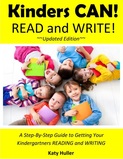
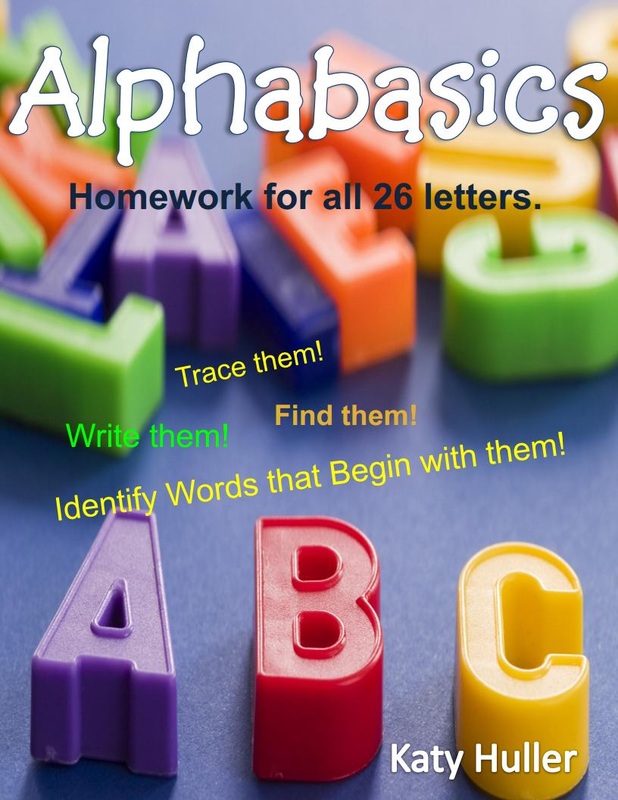
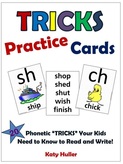
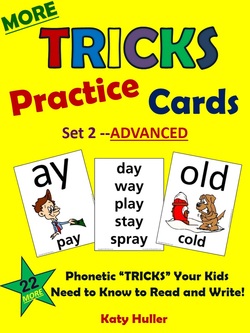

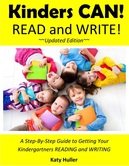





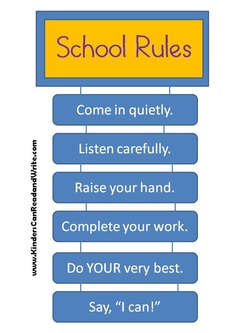

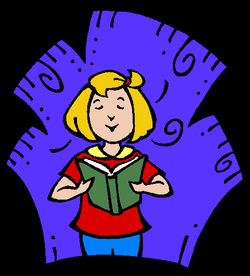
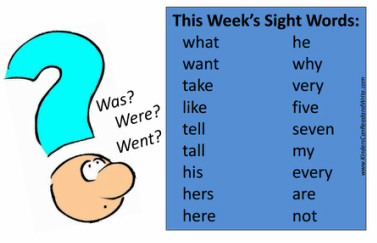

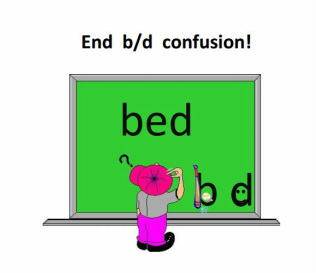
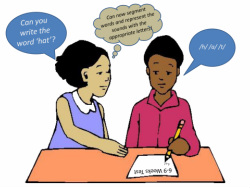
 RSS Feed
RSS Feed
